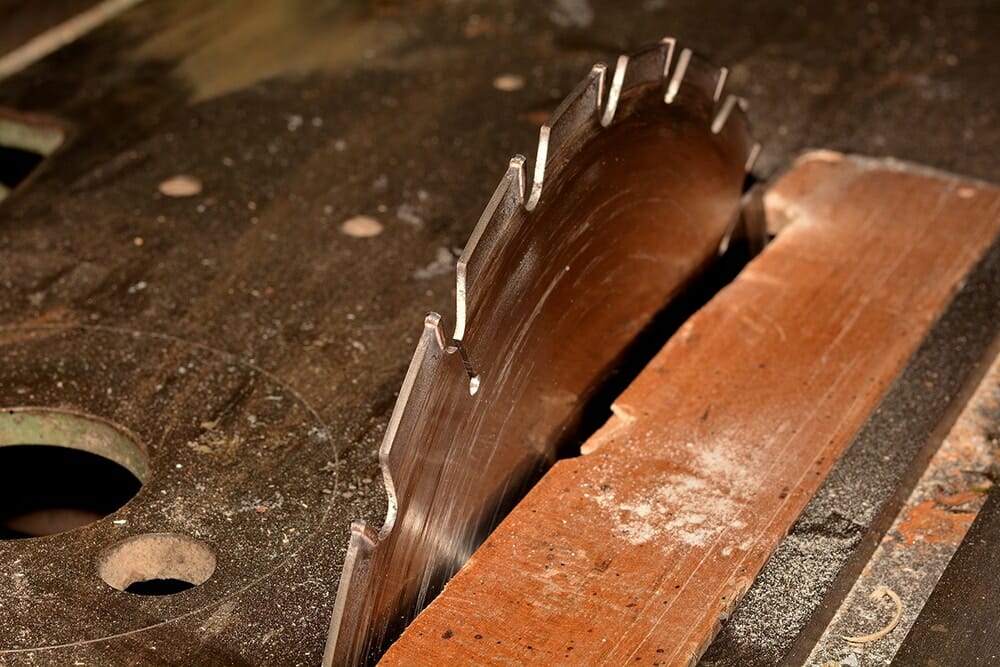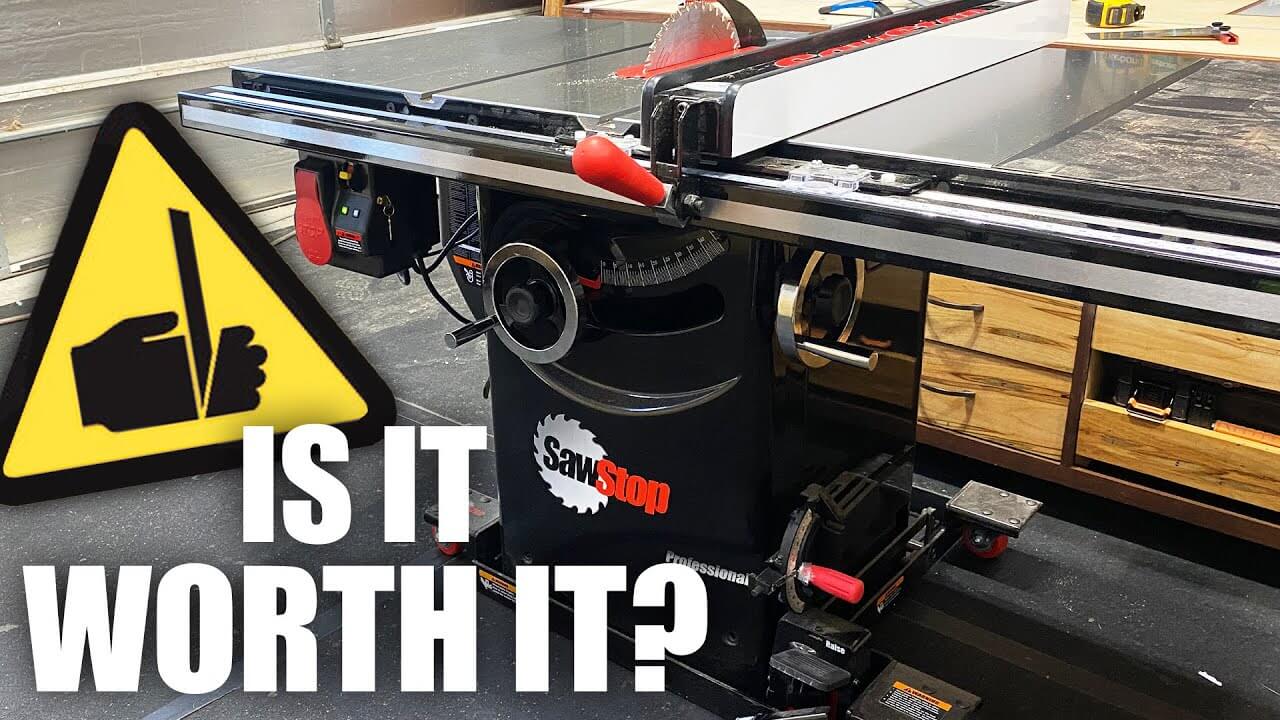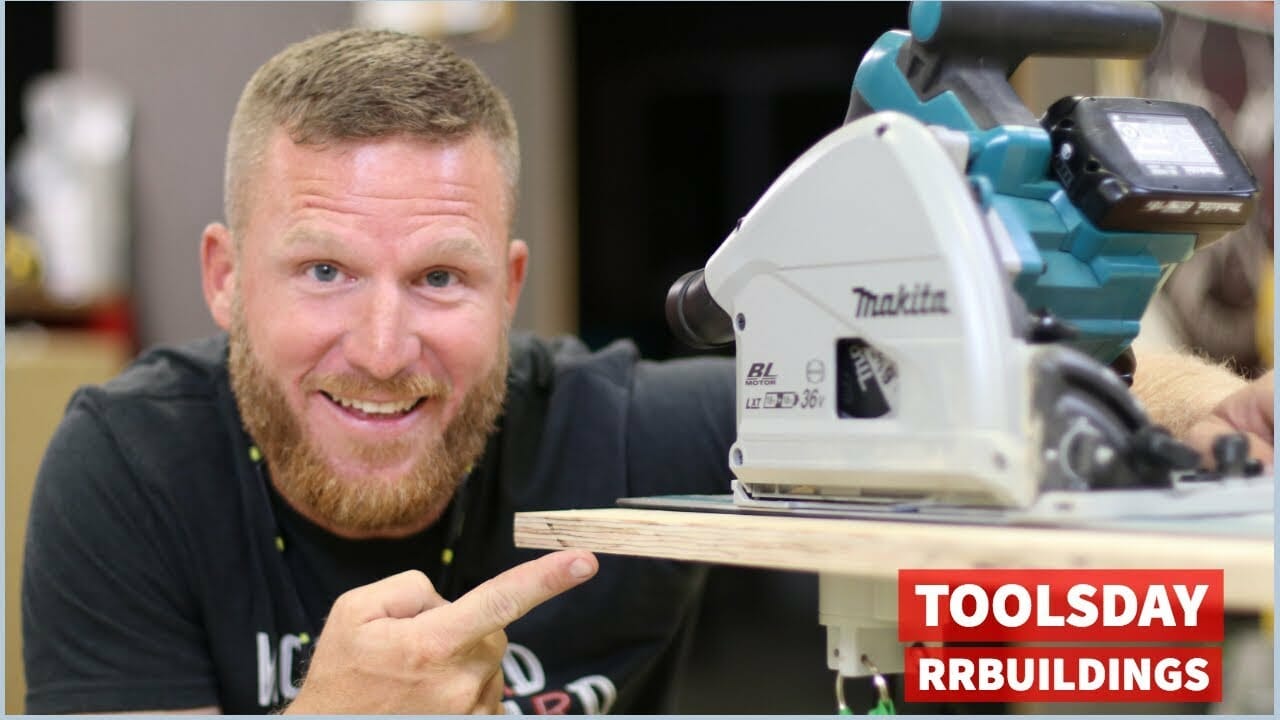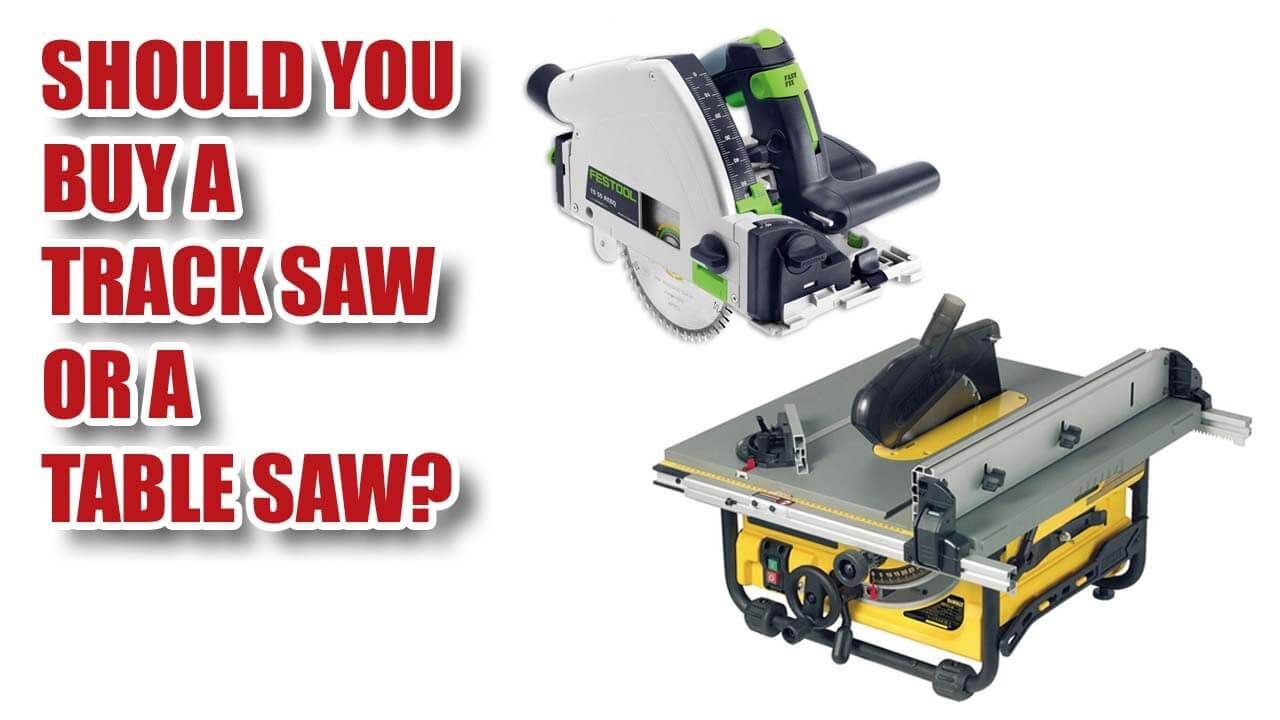Table Saw vs Track Saw for Beginners
Are you currently stuck between a rock and a piece of hardwood, contemplating either buying a table saw or a track saw?
If so, you’re not alone. But don’t fret; the good news is that we’re here to assist you with making the right decision the first time around.
Whether you’re a professional woodworker or a humble DIY’er looking to level up your craftsmanship skills, one or even both of these saws will most definitely help you on your noble woodworking quest.
So, without further ado, let’s talk further about the fundamental differences between table saws vs. track saws and see which one will ideally fulfill all of your woodworking needs.
What is a Table Saw Used For?
First up, we’re going to be taking a look at the table saw. Oftentimes thought of as the ‘workhorse’ of saws, it’s a great, versatile saw for woodworkers to have at their disposal.
They are known as being the best for making long cuts, which means they are suitable for serving various purposes. You’ll also find that the table saw tends to be the centerpiece of any highly functional woodworking workshop as they are incredibly diverse.
Table saws take the cake when it comes to cutting or ripping long boards or sheets of wood in rapid succession. While ripping boards of wood is their claim to fame, table saws can also be used to make angle cuts with minimal setup.
With some basic blade adjustments and incorporating the use of a miter gauge, you’ll be able to make some decent angle cuts without having to break out the miter saw.
Is a Table Saw Needed for Woodworking?
Usually, many woodworkers who own multiple types of saws choose to use their table saw as their ‘go-to’ saw for handling long, straight cuts while leaving their other saws for dedicated purposes, such as their milter saw being used solely for cross-cutting.
In addition to this, table saws are usually used for handling thicker materials, such as hardwood, thick plastic, and even metal (with the right metal cutting blade), so overall, they’re great for handling heavy-duty cutting tasks.
Generally speaking, when it comes to cutting metal with a table saw, you’d want to make the recommended upgrades. At the bare minimum, you’ll have to change out the existing blade to a metal cutting blade.
My last piece of advice when it comes to cutting metal with a table saw, whether it’s non-ferrous or ferrous metals, is to minimize your table saw to this kind of exposure. Ideally, you’d want to make use of a chop saw when cutting metal in large volumes. Table saws have been specifically engineered to cut wood, not metal.
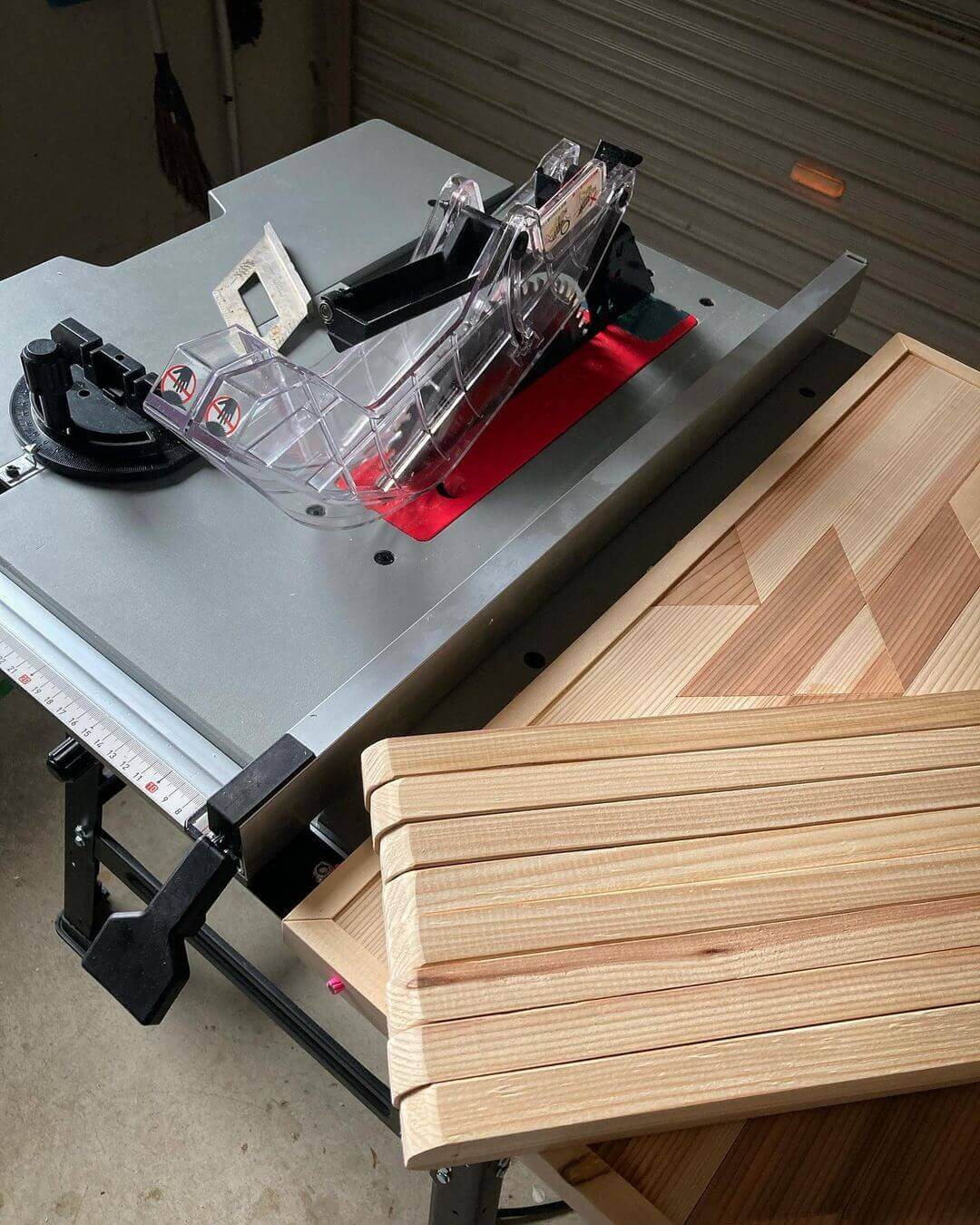
Table Saws Are Ideal for Use If:
- You need to make repetitive, straight cuts. By correctly setting up the fence, table saws will be able to cut multiple pieces of material with accuracy.
- You plan on using thicker materials. Tables saws are built to withstand heavy workloads, which makes them great for thick wood, plastic, and even metal.
- If you have a bigger workspace. As table saws are on the bigger side, it only makes sense that you should have the necessary space to accommodate one.
- If you plan on making several different types of cuts. As we mentioned above, table saws are versatile pieces of cutting equipment. They can be used for making deep cuts, long cuts, narrow cuts, and even miter cuts.
The Benefits of Using Table Saws
- They can withstand regular use: Table saws are built to last! As they are designed with the purpose in mind of being able to withstand many hours of repetitive, heavy-duty use, they are able to be exposed to regular heat and friction without any damage. This makes them ideal for situations where you plan on cutting a lot of material in one go.
- Ideal for longer cuts: As we mentioned above, table saws are built with long, precise cuts in mind. So, when you have a lot of material that you need to make long cuts into, a table saw is the tool you need to correctly get the job done.
- They are versatile: By far, one of the main benefits of using a table saw is that they’re so versatile and able to serve a multitude of different purposes. Whether you need to cut the wood into smaller pieces or make smooth cross-cuts, a table saw is a great tool to use.
- Precise and accurate: As long as you have correctly set the fence and know how to use your table saw, you can count on it to do the rest for you. Table saws are precise and consistent, so they’re an ideal choice for those wanting to achieve precise, accurate cuts – time and time again.
Another reason why a table saw is best suited for making long, repetitive cuts is that you can set the fence to one size so that all cuts made will be consistently the same.
As they’re so lightweight and easier to use than other kinds of saws, track saws are a popular choice for professionals and contractors alike and have gained popularity for being a ‘portable’ saw.
What is a Track Saw Used For?
Track saws are brilliant for those looking to rip large boards or MDF sheets with both accuracy and speed.
Track saws are basically a circular saw that utilizes a track that sticks to the material you’re cutting, and provide an accurate straight edge that allows you to push the saw along the track railing to make a straight cut.
You always want any section of freshly cut lumber you plan on building and assembling and project with to be as straight as possible. This is extremely important and is the very reason why track saws are so popular for those attempting to make long straight cuts.
Is a Track Saw Needed for Woodworking?
When using a track saw to make a super accurate straight cut to a sheet or board, you merely mark the material you’ve measured and place the cut edge of the track on the marks you’ve made on the material.
So as a woodworker or carpenter, a track saw will provide major cost-saving benefits allowing you to increase your productivity and, ultimately, your bottom line.
The beauty of track saws is that no clamping is necessary between the material and or table as the track remains stationary, with the sticky side of the track holding it firmly in position as you cut.
Track saws are also very lightweight and portable, so if you’re a professional contractor working on job sites, they are the ideal power for you.
Another positive about track saws is that buying a track saw doesn’t require the same kind of financial investment as a table saw does. So if you’re on a tight budget, keep that in mind.
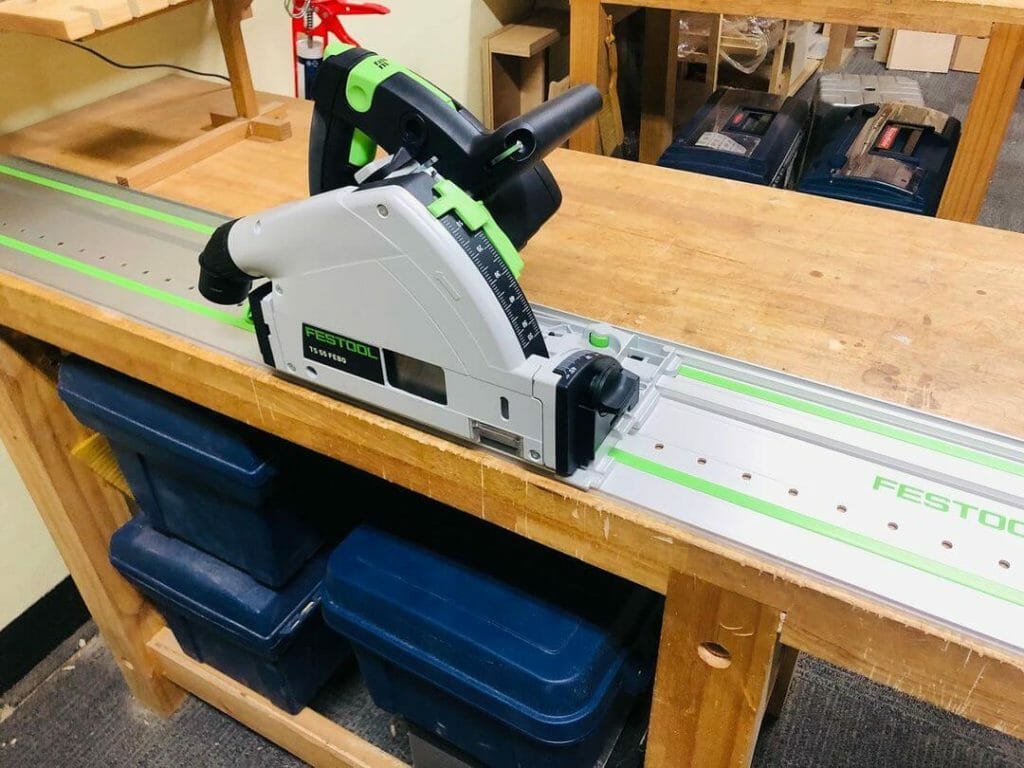
Track Saws Are Ideal for Use If:
- You work alone and only need to use one saw. As they’re on the smaller side, track saws are great for solo woodworking tasks.
- If you want to make angled cuts on smaller pieces of material. Due to the smaller design, track saws are perfect for making angled, precise cuts.
- For those that want to save on space. Track saws are significantly smaller than table saws, which makes them great for anyone that doesn’t have a lot of space in their shed!
- If you work at multiple job sites and want a portable saw that you can take with you anywhere.
The Benefits of Using Track Saws
- They’re space-saving: Unlike a table saw, track saws are traditionally very small and can be held in one hand. Plus, thanks to their portable design, track saws can have their tracks dismantled from them, which allows for even easier storage when not in use.
- They can be used for angled cutting: Unlike table saws which are designed solely for making straight, long cuts, track saws can also be used for making angled cuts. All you’ll need to do is simply adjust the position of the saw, to make the angled cut with accuracy.
- Makes less mess: Track saws make a lot less mess than table saws, as they are able to collect dust in a shroud during operation. This is a really handy feature, as it means that dust will be kept out of your eyes, allowing you to spend your woodworking session free from rubbing dust out of your eyes and coughing. Plus, it also means that your workstation will remain clean and tidy. How’s that for convenience?
- They’re accurate: Sure, track saws might come with a higher price tag, but they also come with a higher precision rate! Track saws are a favorite of professionals, and this is because they have been specifically designed to make clean, smooth, and accurate results.
Table Saw vs Track Saw FAQ
Even though we have provided a ton of valuable information to help you decide when it comes to the table saw vs track saw debate, you may still have questions.
Becoming a proficient woodworker will take time and practice, but it will also require becoming familiar with power tools like table saws and track saws.
Once you get some hours in wielding the likes of a track saw or a table saw safely and effectively, you’ll be able to take on more complicated and rewarding woodworking projects.
Can a Track Saw Replace a Table Saw?
The answer to this question really depends on the woodworking job you are trying to do. Some jobs can be done by a track saw just as well as if they were done on a table saw.
However, a track saw is not good at making rip cuts. A table saw’s rip capacity allows for more identical cuts, while a track saw requires that you make cut lines on each board you work with.
Can a Track Saw Be Used as a Circular Saw?
Track saws and circular saws are very similar. They are both capable of cutting lines and angled cuts. Track saws, circular saws, and table saws all have sharp circular blades and can be used to cut various materials.
However, a track saw provides you with a much more professional finish because of its higher accuracy and clean cuts.
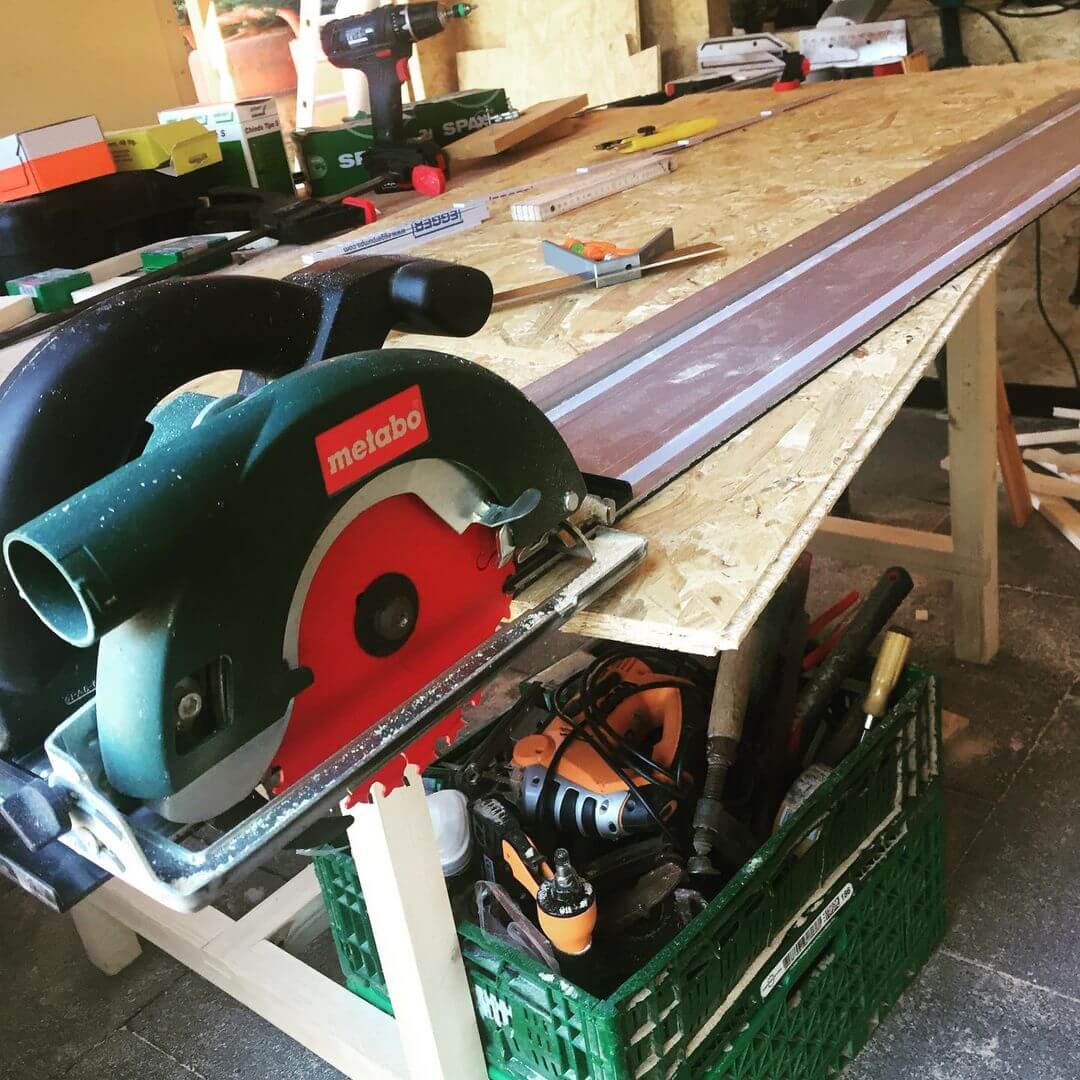
Who Should Use Table Saws or Track Saws?
A table saw is often seen as the workhorse of any wood shop. It is a versatile tool that can be used and productive for all woodworking machines. It can rip, crosscut, miter cut, square, dado, rabbet, provide a cleaner cut, and more.
Although, either a track saw or a table saw or even a band saw will no doubt prove beneficial for any woodworker, DIYer, or carpenter.
How Do You Convert a Circular Saw to a Track Saw?
If you try using your circular saw freehand to cut boards of wood, then you may end up with an uneven finish. So, for better results, you can convert your circular saw into a track saw.
Start by cutting a thick piece of plywood with your circular saw. Attach the piece to the top of the rest of your plywood using wood glue.
Place the circular saw on the straight edge side and cut any excess plywood there is. Flip the board and repeat the process on the side of the circular saw.
You can save money and time building your own track saw using your circular saw and a sheet of plywood.
Circular Saw vs Plunge Track Saw: What Should I Know?
A circular saw is not considered a good finishing tool as it won’t showcase the kind of straight clean cut you’d admire when compared to a track saw.
Many woodworkers prefer to use the plunge-cutting track saw over a circular saw because the track saw blade is slightly smaller than a circular saw blade, and the design makes it easier to see if there is any loss in cutting depth.
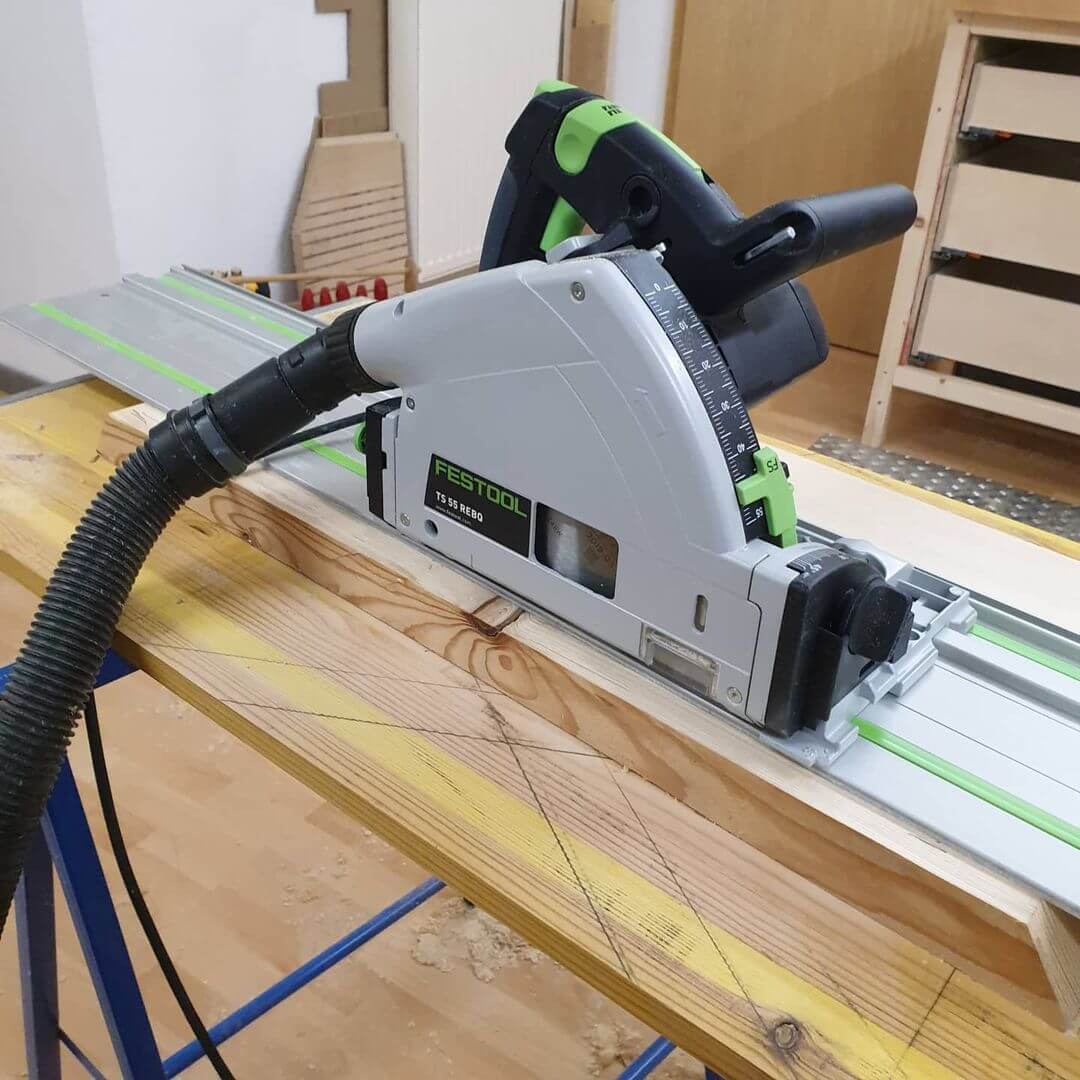
Can You Miter With a Table Saw?
You can use a table saw to cut a 45-degree angle. A table saw proves to be more versatile than a miter saw.
Where a miter saw vs table saw differ is in their cutting capacity. A miter saw cannot cut larger pieces of wood as they are typically used to make precise angle cuts. Table saws, on the other hand, can cut anything a miter saw can, but just not with the same level of precision.
Do Track Saws Provide Any Kind of Dust Collection?
Most of the motors you can find on a track saw have variable speed and electronic feedback circuitry. They also have a dust port on the blade guard that proves beneficial for dust collection, keeping the workspace clean and safe.
Do Table Saws Offer Dust Collection?
Most table saws are actually open at the back, which makes for poor dust collection. When the back of the table saw is open, the dust has nowhere to escape except out of the open back, resulting in a messier workspace.
In Conclusion
So, there you have it! Whether it’s a table saw vs track saw or table saw vs jointer, you’re going to have some serious decisions to make before breaking out the big bucks.
As you will have seen from our guide above, both table saws and track saws serve similar needs, and having both as professional woodworkers would be very much beneficial.
However, there are instances where both kinds of saw will trump the other, whether it be down to storage space, the type of cut planning on being made, and the kind of material needing to be cut.
We recommend taking a look at what work needs to be done and then deciding (with help from this guide) which type of saw will work best for you. Happy woodworking!

